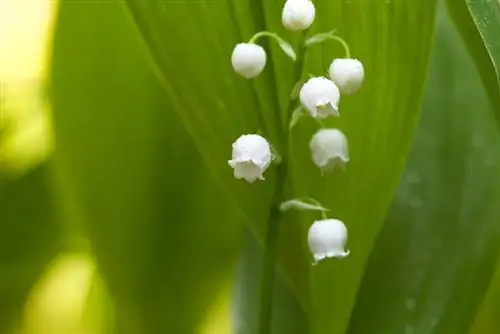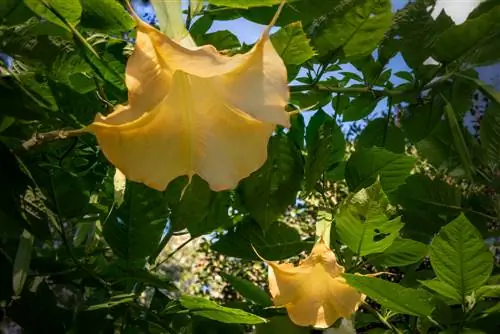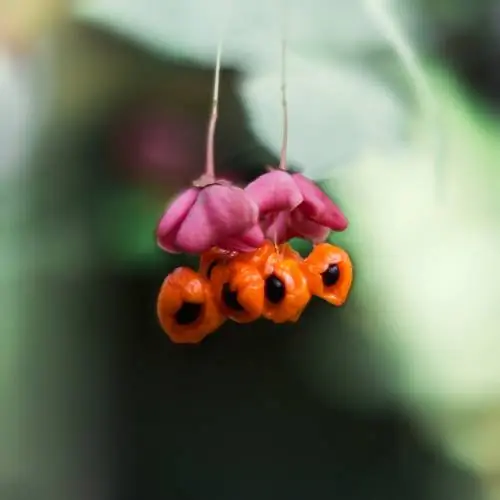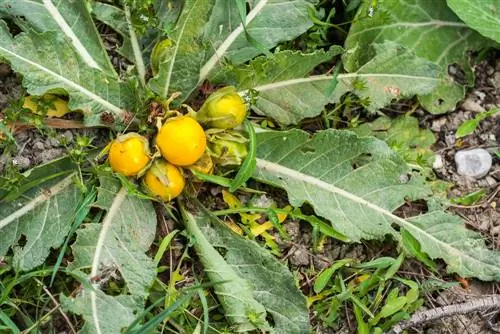- Author admin [email protected].
- Public 2023-12-16 16:46.
- Last modified 2025-01-23 11:20.
Lily of the valley is considered highly poisonous. In fact, eating leaves, flowers or fruits can cause severe symptoms of poisoning. Lily of the valley should therefore not be planted in a garden that is used by children and pets.

Are lilies of the valley poisonous and what symptoms occur if poisoned?
Lily of the valley is poisonous in all parts, especially the leaves, flowers and berries. Poisoning is manifested by nausea, diarrhea, rapid heartbeat, dizziness and slowed breathing. Severe poisoning can lead to cardiac arrest.
Which parts of the lily of the valley are poisonous?
All parts of the lily of the valley are poisonous. Especially many of the toxins contained in the plant:
- Convallatoxol
- Convallatoxin
- Convallosid
- Desglucocheirotoxin
are contained in the leaves, flowers and berries.
Symptoms of lily of the valley poisoning
Skin irritation and eye problems can occur even with external contact.
Eating leaves, flowers or berries causes the following symptoms:
- Nausea
- Diarrhea
- Heart racing
- Dizziness
- Pulse racing
- slow breathing
Severe poisoning can lead to cardiac arrest.
Treating poisoning
Lily of the valley berries in particular are poisonous. Children who put the red berries in their mouths are particularly at risk here.
Eating just five berries should initiate detoxification. Therefore, go to a clinic or your family doctor as soon as possible.
Handle lily of the valley only with gloves
After caring for the flower, you should definitely wash your hands well. It is even better to always work with gloves (€9.00 on Amazon).
Lily of the valley in the room
Lily of the valley has a very strong scent. People with allergies react to this with severe headaches, shortness of breath or skin irritation. As beautiful as lilies of the valley are, they should only be placed in a vase in an airy place out of the reach of children and pets.
Tip
The leaves of the lily of the valley are similar to those of the non-toxic wild garlic, which is used as a spice. It also grows in spring, usually in shady places in the forest. Wild garlic leaves give off a garlic-like smell and can be distinguished from lily of the valley.






